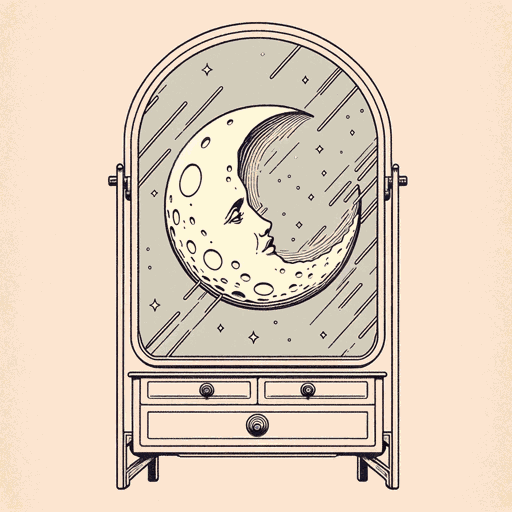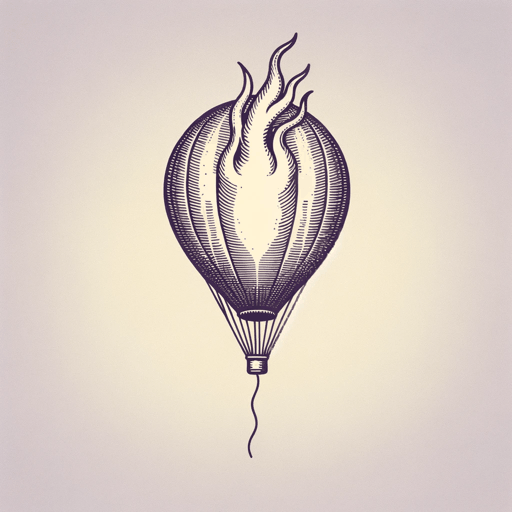24 pages • 48 minutes read
Elizabeth BishopExchanging Hats
Fiction | Poem | Adult | Published in 1979A modern alternative to SparkNotes and CliffsNotes, SuperSummary offers high-quality Study Guides with detailed chapter summaries and analysis of major themes, characters, and more.
Further Reading & Resources
Related Poems
“Sestina” by Elizabeth Bishop (1956)
The imagery of family and clothing makes another appearance in Bishop’s 1956 poem “Sestina.” Toward the poem’s end, the child draws her grandmother’s tears as buttons on a man’s shirt. Like in “Exchanging Hats,” Bishop emphasizes familial relationships. The sestina form cycles through the same six end words, which shift in each stanza. Through the sestina form, Bishop shows how the grandmother and child have become caught re-living yet ignoring their shared, unnamed tragedy.
“Boy in a Stolen Evening Gown” by Saeed Jones (2014)
More explicitly written through a queer lens, “Boy in a Stolen Evening Gown” has the cross-dressing man as its speaker rather than its subject. Saeed Jones, a modern gay writer, also makes his protagonist a young man instead of a full-grown adult. The speaker expresses his budding sexual and romantic desire through the dress. However, the tension of danger the speaker faces as a gay black man for transgressing gender norms still exists in the poem. Jones shows the flip side of Bishop’s “unfunny uncles” putting on hats for a lark.
“Birthday Suits” by J. Jennifer Espinoza (2019)
Contemporary poet J. Jennifer Espinoza also explores gender roles and strained family bonds through clothing in “Birthday Suits.
Related Titles
By Elizabeth Bishop

A Miracle for Breakfast
Elizabeth Bishop

Arrival at Santos
Elizabeth Bishop

Crusoe in England
Elizabeth Bishop

Five Flights Up
Elizabeth Bishop

Insomnia
Elizabeth Bishop

One Art
Elizabeth Bishop

Sandpiper
Elizabeth Bishop

Sestina
Elizabeth Bishop

The Armadillo
Elizabeth Bishop

The Fish
Elizabeth Bishop

The Imaginary Iceberg
Elizabeth Bishop

The Moose
Elizabeth Bishop

The Mountain
Elizabeth Bishop

The Shampoo
Elizabeth Bishop

